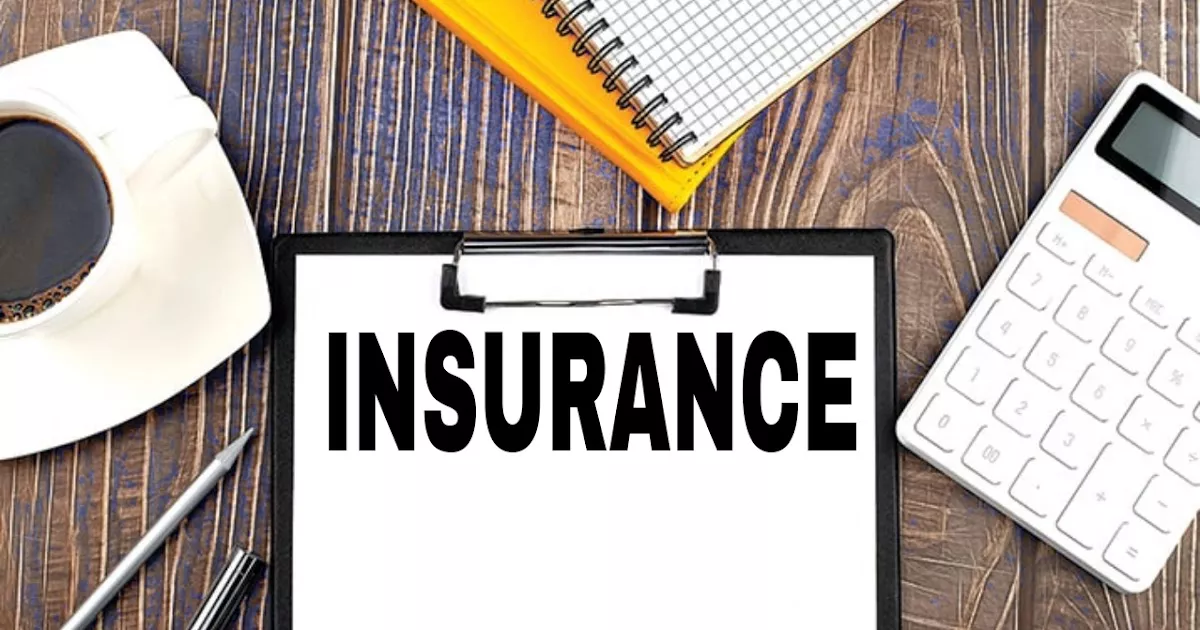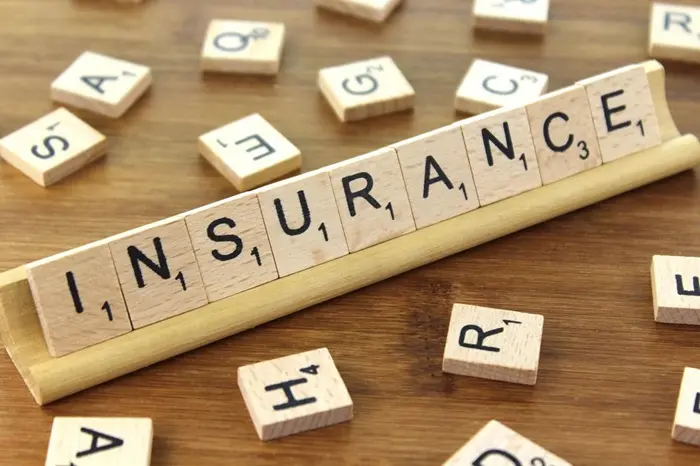In today’s uncertain world, having adequate insurance coverage is essential for financial security. Insurance serves as a safety net for unexpected events, from accidents and illnesses to property damage and loss. However, many people fail to realize that simply having a basic insurance policy may not be enough to ensure full protection. To safeguard against financial risks effectively, you may need to consider increasing your coverage.
Increasing your insurance coverage can seem like a daunting task, but with the right strategy, it can provide you with peace of mind and stronger protection. This article will explore practical ways to increase your insurance coverage, including assessing your needs, understanding different policy options, and making informed decisions. Whether you’re looking to enhance your health, life, auto, or home insurance, this guide will offer the insights needed to strengthen your coverage.
Understanding Your Insurance Needs
Assessing Existing Coverage
The first step in increasing your insurance coverage is to review your current policies. Many people assume they are fully covered, but they may not have enough protection for their assets or personal well-being. Carefully assess the following areas:
Policy Limits: Ensure that your policy limits are high enough to cover potential risks. Many policies have a set limit, and if your losses exceed that limit, you’ll have to pay the difference out of pocket.
Deductibles: Check the deductible amounts. Higher deductibles might lower your premium but can leave you with higher out-of-pocket expenses if you make a claim.
Exclusions: Review any exclusions in your current policy. If there are critical areas not covered, consider adjusting your coverage to fill those gaps.
By conducting a thorough evaluation of your existing policies, you can identify any areas that need more coverage and make informed decisions about increasing your protection.
Identifying Coverage Gaps
Insurance policies often come with gaps that leave you vulnerable to financial hardship. These gaps could result from changes in your life circumstances, market trends, or specific exclusions in your policy. Some common gaps to consider are:
Personal Liability: If you have assets that could be at risk, increasing your personal liability coverage is important. This is especially relevant for homeowners or business owners who might be exposed to lawsuits or claims.
Health Coverage: If you or your family members face a higher risk of medical expenses, increasing your health insurance coverage can protect you from high medical costs, including co-pays, deductibles, and non-covered treatments.
Homeowners Insurance: Ensure that your homeowners insurance covers the full replacement cost of your property and valuables. Many policies cover only the market value of the property, which can leave you short if you need to rebuild.
Identifying coverage gaps is a critical part of the process in increasing your insurance protection. Taking proactive steps to address these gaps can significantly enhance your financial security.
Types of Insurance to Consider Increasing
Health Insurance
Health insurance is one of the most important types of coverage, as medical bills can quickly become overwhelming without sufficient protection. Here are some ways to increase your health insurance coverage:
Increase Your Plan’s Coverage: Review the network of doctors, hospitals, and specialists available under your current plan. If your current plan doesn’t cover the specialists or treatments you need, consider upgrading to a higher-level plan with broader coverage.
Supplemental Health Insurance: Consider purchasing supplemental health insurance to cover gaps left by your primary plan. This could include dental, vision, or critical illness coverage. Adding these riders can ensure that you are covered for all potential health-related expenses.
Health Savings Account (HSA): If you’re eligible, consider contributing to a Health Savings Account (HSA). This account allows you to set aside pre-tax money for medical expenses, providing additional financial security for unforeseen health costs.
By increasing your health insurance coverage and utilizing supplemental options, you can minimize the financial impact of medical emergencies.
Life Insurance
Life insurance provides financial protection for your dependents in the event of your death. To ensure that your loved ones are well taken care of, you may want to consider increasing your life insurance coverage. Here’s how to do it:
Term Life Insurance: If you currently have a term life insurance policy with a low coverage limit, consider increasing the death benefit. This will ensure that your family receives enough financial support to cover living expenses, debts, and future needs.
Permanent Life Insurance: If you need lifetime coverage and additional financial benefits, a whole or universal life insurance policy may be a good option. These policies build cash value over time and provide lifelong protection, which can be especially beneficial for estate planning.
Assess your life insurance needs by considering factors such as your income, debts, dependents, and long-term financial goals. Adjusting your coverage based on these factors can provide peace of mind for you and your family.
Auto Insurance
Auto insurance is required in most places and provides protection for your vehicle and yourself in case of accidents. Increasing your auto insurance coverage can offer better protection in the event of a major accident. Here are some ways to do it:
Increase Liability Coverage: If you have significant assets, increasing your liability coverage can protect you in case of a lawsuit resulting from an accident. Consider raising your bodily injury and property damage liability limits to cover more potential expenses.
Comprehensive and Collision Coverage: If you don’t already have comprehensive and collision coverage, consider adding it to protect against damages that are not caused by accidents, such as vandalism, theft, or natural disasters.
Uninsured/Underinsured Motorist Coverage: If you’re involved in an accident with a driver who lacks sufficient insurance, this coverage will ensure you’re still financially protected.
Review your current auto insurance policy and assess your coverage limits. Increasing coverage in critical areas can provide more comprehensive protection.
Homeowners Insurance
Your home is one of your most valuable assets, and increasing homeowners insurance coverage ensures that you’re protected in case of disasters. Here are some ways to enhance your coverage:
Increase Dwelling Coverage: Ensure that your dwelling coverage is sufficient to rebuild your home in the event of a total loss. With rising construction costs, it’s important to keep this amount up to date.
Personal Property Coverage: Consider increasing the coverage for personal belongings, especially if you have valuable items such as jewelry, electronics, or artwork. A standard policy may not cover high-value items adequately, so adding a rider can provide additional protection.
Liability Coverage: If someone is injured on your property or if you cause damage to someone else’s property, liability coverage protects you from lawsuits and legal expenses. Increasing this coverage can protect your assets.
Homeowners insurance is essential for protecting your property, but you should regularly review your coverage to ensure it aligns with the current value of your home and belongings.
Additional Considerations for Increasing Insurance Coverage
Evaluate Your Risk Tolerance
Increasing your insurance coverage also requires evaluating your risk tolerance. How much risk are you willing to accept before relying on insurance? Some people prefer to carry higher deductibles and lower premiums, while others prefer higher coverage and lower deductibles for added protection.
By evaluating your risk tolerance, you can determine how much additional coverage is appropriate for your circumstances. For example, if you’re in a high-risk occupation or live in an area prone to natural disasters, it might make sense to invest in more comprehensive coverage.
Consider Policy Bundling
Many insurance companies offer discounts for bundling multiple policies together. For example, if you have separate policies for home, auto, and life insurance, consider consolidating them with one insurer. Bundling your policies can often result in lower premiums, allowing you to increase coverage without drastically raising costs.
Additionally, bundling your policies can simplify the management of your insurance needs. Instead of dealing with multiple providers and due dates, you’ll have a streamlined approach to your coverage.
Review Your Insurance Regularly
Life changes, and so do your insurance needs. It’s essential to review your coverage periodically, especially after major life events such as marriage, the birth of a child, purchasing a home, or a change in income. Regularly evaluating your insurance ensures that you always have the right coverage in place to protect your changing circumstances.
Set a reminder to review your insurance policies at least once a year or after any significant life changes. This proactive approach can help you identify gaps in coverage and make necessary adjustments.
Conclusion
Increasing your insurance coverage is an important step toward achieving financial security and protecting your loved ones. By assessing your current policies, identifying coverage gaps, and exploring various options for enhancing your protection, you can make informed decisions that provide peace of mind. Whether you’re looking to boost health, life, auto, or home insurance, increasing your coverage ensures that you are adequately protected in case of unexpected events.
With careful planning and attention to detail, increasing your insurance coverage can be an empowering decision that safeguards your future and ensures your financial well-being. Take the time to review your policies and make adjustments as needed, so you can enjoy the confidence of knowing that you are well-prepared for whatever life may bring.
Related Topics:


























